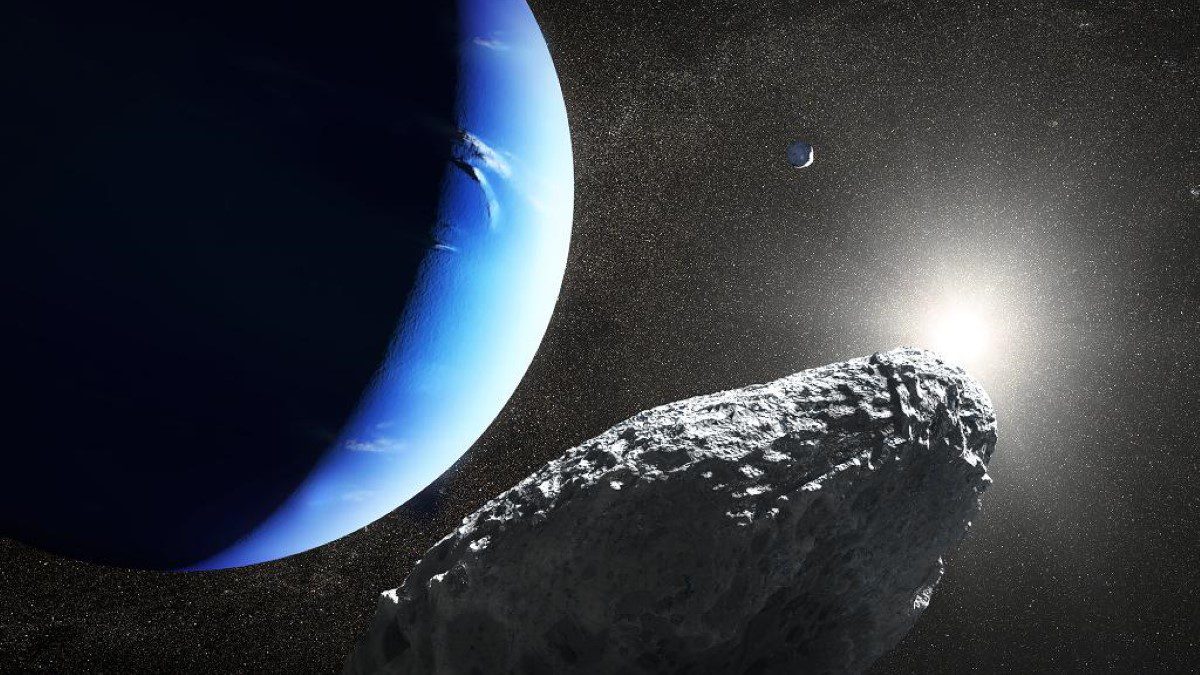Astronomers: Sudden and Unexpected Disappearance of Clouds on the Planet Neptune
علماء الفلك: اختفاء مفاجئ وغير متوقع لغيوم كوكب نبتون
QNA
Washington: Astronomers at the University of California have announced the sudden and unexpected disappearance of clouds on the planet Neptune.
Images captured by the Hubble Space Telescope and published by NASA show a sequence of diminishing cloud cover on the planet.
The new study suggests a possible connection between the vanishing giant clouds and the solar cycle.
The scientists stated, “Abundant clouds that were observed on the planet Neptune years ago have nearly vanished and faded from existence.”
They added, “This link between the fading Neptune clouds and the solar cycle is surprising, considering that the planet is the farthest major planet in the solar system and receives only 1/900th of the sunlight Earth receives.”
Emmanuel de Pater, a co-author of the study, remarked, “I was surprised at how quickly the clouds disappeared on Neptune, and we primarily observed a decrease in cloud activity within just a few months.”
De Pater further stated, “The results we have obtained support the theory that ultraviolet sunlight, when sufficiently strong, may lead to a photochemical reaction that produces clouds on Neptune.”
قنا
واشنطن: أعلن علماء الفلك في جامعة كاليفورنيا الأمريكية، عن اختفاء مفاجئ وغير متوقع لغيوم كوكب /نبتون/.
وأظهرت صور التقطها تلسكوب هابل الفضائي، ونشرتها وكالة الفضاء الأمريكية /ناسا/، لتسلسل تضاؤل كمية الغطاء السحابي على الكوكب.
وتشير الدراسة الجديدة ، إلى وجود صلة محتملة بين اختفاء السحب العملاقة والدورة الشمسية.
وقال العلماء :” أن وفرة من الغيوم التي شوهدت قبل سنوات، على كوكب نبتون اختفت تقريبا، وتلاشت من الوجود”.
وأضاف العلماء:” أن هذا الارتباط بين غيوم نبتون المتلاشية والدورة الشمسية “مفاجئ”، على اعتبار أن الكوكب هو أبعد كوكب كبير في النظام الشمسي، ولا يتلقى سوى 1/900 من ضوء الشمس الذي تحصل عليه الأرض “.
من جهته ، قال إيمكي دي باتر المؤلف المشارك في الدراسة :” لقد فوجئت بمدى سرعة اختفاء الغيوم على نبتون، ورأينا بشكل أساسي انخفاض النشاط السحابي في غضون بضعة أشهر فقط “.
وأضاف باتر :” النتائج التي توصلنا إليها تدعم النظرية القائلة بأن أشعة الشمس فوق البنفسجية، عندما تكون قوية بدرجة كافية، قد تؤدي إلى تفاعل كيميائي ضوئي تنتج عنه سحب نبتون “.




